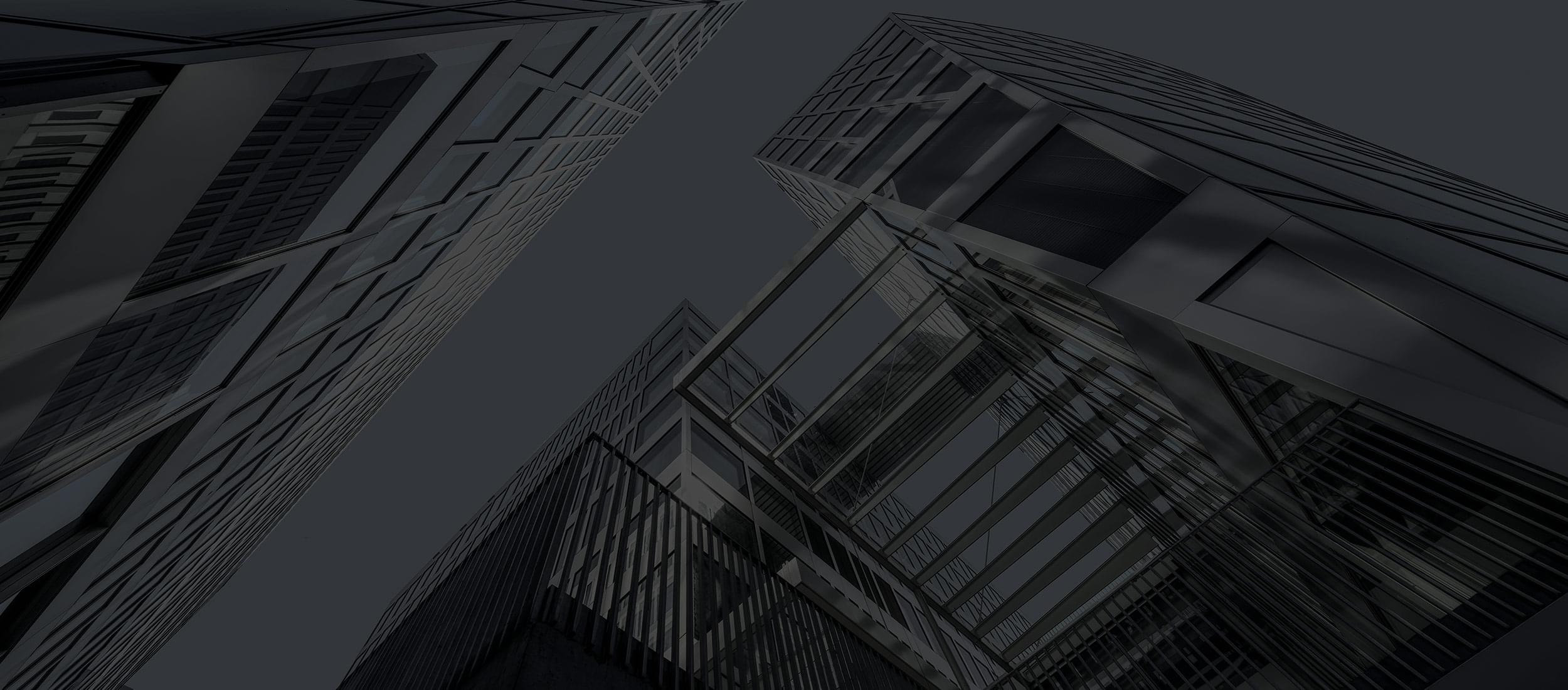The facility manager
Imagine you walk into an office and you see only desks lined up in the whole space. What do you do? The easiest thing to do is to sit at a desk and start doing individual things; check your phone, get your laptop out, or grab a book from your bag. Similarly, entering an office with a coffee bar and soft seatings invites completely different behaviour. This shows that spaces have a large influence on our behaviour. Space design invites, guides and nudges us to do certain activities. Space design can be utilised to make it much easier to do certain activities. At the office, the spaces facilitate you in doing your work. A space with many desks, electrical sockets, isolating blinders, softer colours, good desk chairs, and maybe some writing on the wall with the words “Ssshhh” makes it much easier for you to get into individual focus work using your laptop. A well-designed space does not even need to have a title (like focus room), it just shows through its design. We don’t even need to think about what to do when entering this room, the room guides us. The facility manager is the hidden force behind making this possible. Through the space, they facilitate employees in doing their work, making it easy to do their work.
Constraining manager
But on the other hand, you can also see well-facilitated spaces as a constraint for creative freedom. Because the design of spaces also strongly limits our freedom. For example, a space full of cubicles does not allow you to give an interactive workshop with everyone around. Using walls, furniture, and indications guides your employees but also prevents them from doing something else. People might need to do activities that the space does not allow, making them unproductive. For example, a coffee bar seduces people to relax and to connect, while they actually need to do focused individual work in order to finish a report. It is good to be aware of the fact that the guiding design of your spaces also strongly constraints employees. From this perspective, it’s intriguing that simple stickers on the wall with the words “Ssshhh” and a guy shushing an icon constraints people from talking. So you have to realise that while you’re a facility manager, you’re also a “Constraining manager”. Constraining managers don’t know their employees well or don’t have the facilitation of their employees as one of their primary goals.
Know thyself
If you strongly facilitate your employees to do certain types of activities, you should really know what people need to do, how many people are doing this, and effectively design it in such a way. Otherwise, you become more of a constraining manager over a facility manager. As shown in our Annual Workplace Report, on average 76% of the time people perform individual work at the office and 24% collaborative work, but this differs between organisations, differs from time to time, and there are different subtypes of activities (read our Annual Workplace Report to learn more). Having the right spaces in the right ratios available at your offices makes you a facility manager over a constraining manager. Using data to understand the activities and needs of your employees can serve you in this quest. But to conclude, knowing your organisation and your people is thus very important to become an effective facility manager.




